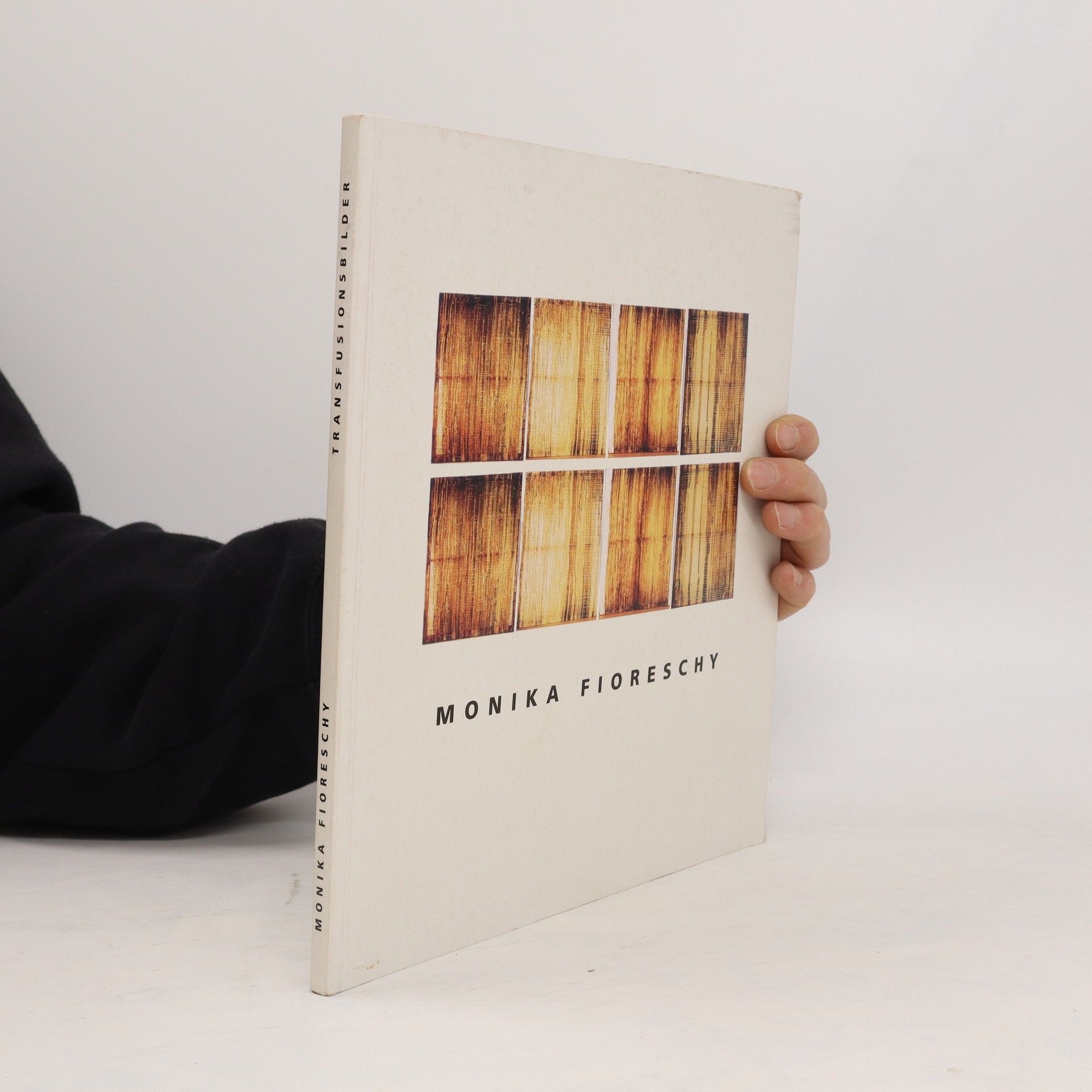Tearing, cutting, shredding in order to reassemble the elements and create something new: strip by strip the Austrian artist Monika Fioreschy applies lengths of torn paper to her canvases, thereby creating large-format abstract works filled with a harmonious formal language and offering an unexpected wealth of detail when observed more closely. Paper is the main medium used in the new cycles of works by Monika Fioreschy, whereby the strength of her works lies in the reduction of materials and forms. Line by line our eyes follow the course of the collages; the observer is seduced into reading her art. The strict regularity of the works is interrupted by changes in colour, the arrangement of the folds, gaps and overpasting, whereby the real wealth of detail only becomes evident through intensive study. In his essay accompanying the full-page reproductions of the works, art theorist Bazon Brock explains how Fioreschy's training in classic weaving skills can be rediscovered in these works and the role they play in the artist's oeuvre as a whole.
Monika Fioreschy Libros




Interwoven energy
- 144 páginas
- 6 horas de lectura
Austrian artist Monika Fioreschy first gained recognition for her large-format wall tapestries woven in the Gobelin style, but it was a fascination with heart surgery that inspired her to work with entirely new material― medical-grade silicone tubing―in her most recent series of work.For Injection Art, Fioreschy incorporates various thicknesses of tubing into intricate woven works resembling bodies, using disposable syringes to inject the works with fluids like blood, chlorophyll, and plant and fruit juices to give the appearance of life. This fascinating artistic process results in works that are highly structured and unexpectedly colorful, as well as strikingly transformative as the injected liquids dry. Injection Art collects more than fifty of Fioreschy’s works in this unconventional medium, bringing much-deserved attention to this new body of work.